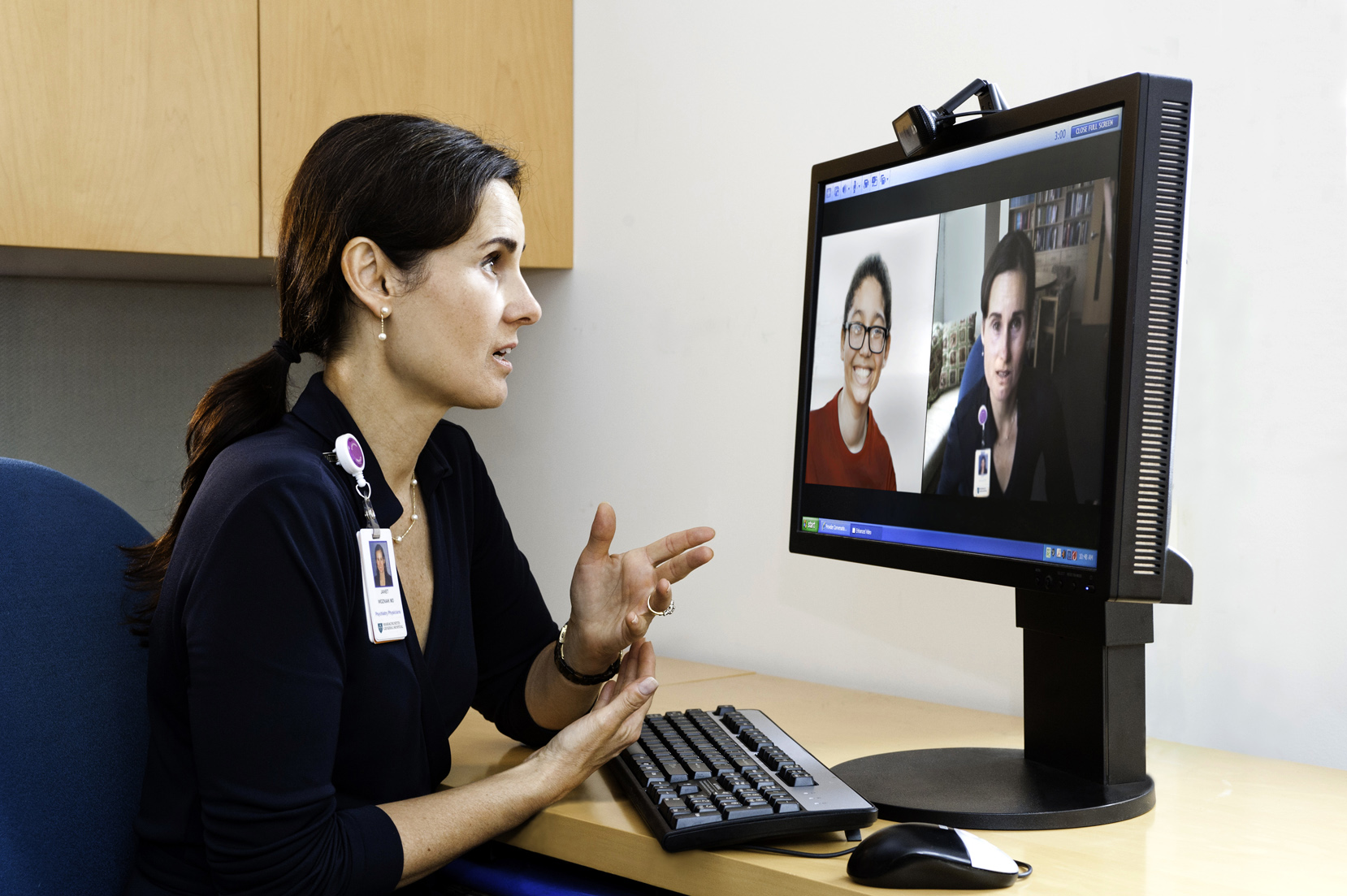- 1-877-510-7473
- About Us
- Practitioners
- Contact
- Support
Moderator
04.24.2017

The Oxford Dictionary defines telehealth as “The provision of healthcare remotely by means of telecommunications technology.” In the past, it may have meant that a therapist would give the patient a phone call. But with all of the technology that has become available to the general public in recent years, telehealth has evolved into a staple for some OT, SLP, and mental health patients.
Teleheath effectively enables healthcare providers to conduct therapy sessions through the internet. If you’re familiar with popular video conferencing apps like Skype, GoToMeeting, and FaceTime, then you’re aware of the possibilities. In fact, it’s never been easier to connect with one another over vast distances.
Telehealth actively seeks to substitute face-to-face therapy sessions with web-based meetings. This is becoming a popular alternative to physical meetings in scenarios where the therapist simply cannot be with the patient. Allow me to provide you with a few examples of when telehealth would come into play.
What do you do when there’s a young autistic child that’s enrolled in elementary school in a remote region of Nunavut, Canada, and the schoolboard doesn’t employ any SLPs? Parents and teachers are likely turn to telehealth for a solution.
Have you thought about what might happen if an elementary school in New York City has more students with special needs than therapists who are available to conduct one-on-one sessions with them? This is also a situation where telehealth is viewed as a viable solution.
What happens if there’s an adult who suffers from depression and they’re experiencing a stress induced episode while on vacation in Mexico? They may need to have a meeting with their therapist, however, they’re a long way from home—this is another scenario where telehealth can help a patient immensely.
When we consider these examples, and the continuous improvements being made to video conferencing applications, we think that telehealth is only in its infancy. While it’s unlikely that it will ever replace face-to-face therapy sessions, it is an excellent means for overcoming long-distance challenges.
But where does telehealth intersect with EMR software? Well, the two can be used in tandem. For example, therapists can create patient profiles, schedule their appointments, and complete their daily notes. In the future, we may see EMR software systems offering a platform for integrated telehealth therapy sessions, but for the time being, all we can do is speculate.
